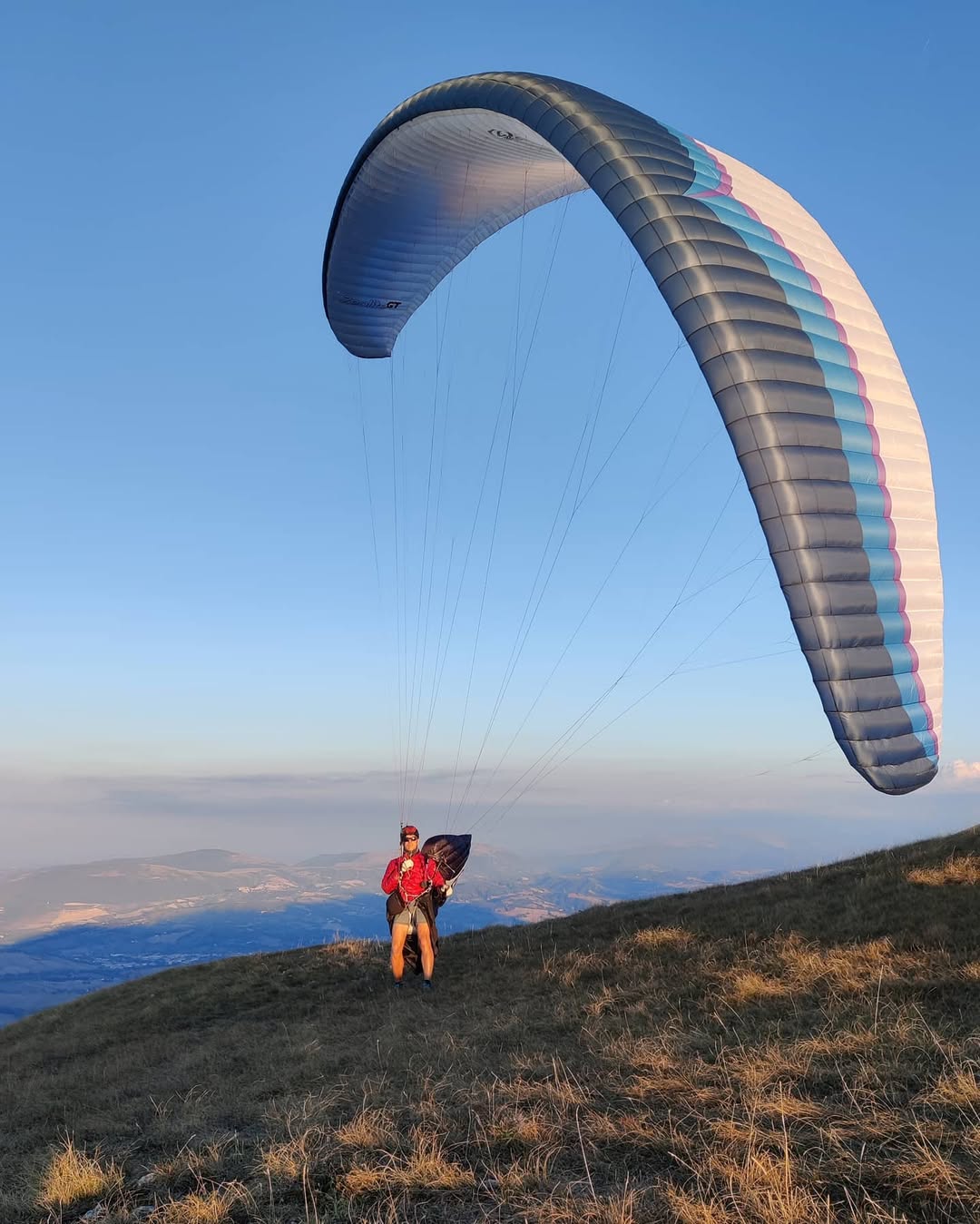Introduction
Mount Kilimanjaro, the tallest freestanding mountain in the world and Africa’s highest peak, has long been a source of fascination for adventurers, mountaineers, and nature enthusiasts alike. Rising 5,895 meters (19,341 feet) above sea level, this dormant stratovolcano in Tanzania offers breathtaking landscapes, diverse ecosystems, and a formidable challenge to climbers. However, beyond trekking to its summit, some thrill-seekers have sought even greater feats—one of them being Dominic Rohner, the first person to paraglide from the summit of Kilimanjaro. His daring adventure marked a historic moment in extreme sports and aerial exploration.
Mount Kilimanjaro: A Natural Marvel
Kilimanjaro is composed of three volcanic cones: Kibo, Mawenzi, and Shira. While Mawenzi and Shira are extinct, Kibo—the highest of the three—is dormant, with the potential to erupt again in the future. The mountain’s distinct ecological zones, ranging from lush rainforests to alpine deserts and glacial peaks, create an awe-inspiring experience for climbers.
Climbing Kilimanjaro does not require technical mountaineering skills, making it one of the most accessible high-altitude summits. However, the ascent is physically demanding due to altitude sickness and the extreme weather conditions near the summit. Every year, thousands of adventurers attempt to reach Uhuru Peak, the highest point on the mountain, following one of several established routes such as the Marangu, Machame, or Lemosho routes.
The First Paraglider from Kilimanjaro: Dominic Rohner
While Kilimanjaro is well known for trekking expeditions, few people have dared to conquer its heights through aerial sports. Dominic Rohner, a Swiss paraglider pilot and adventurer, became the first person to paraglide from the summit of Mount Kilimanjaro, cementing his place in history.
The Historic Flight
Rohner’s remarkable flight took place under extreme conditions, requiring careful planning, skill, and an in-depth understanding of meteorology. Launching a paraglider from such an altitude presents significant challenges, including low oxygen levels, strong winds, and unpredictable weather patterns. However, Rohner’s expertise in paragliding and high-altitude flights enabled him to navigate these obstacles successfully.
Upon reaching the summit, he meticulously prepared his equipment and waited for optimal wind conditions. With a final deep breath, he launched himself off the peak, gliding gracefully over the mountain’s glaciers and vast landscapes. His descent offered unparalleled aerial views of Kilimanjaro’s craters, forests, and surrounding plains—an experience that very few have had the privilege to witness firsthand.
The Significance of Rohner’s Achievement
Dominic Rohner’s paragliding feat was more than just an adrenaline-fueled adventure. His achievement highlighted human resilience, the spirit of exploration, and the potential for alternative ways to experience the world’s greatest natural wonders. His flight also inspired other adventurers to push the boundaries of what is possible in extreme sports.
Beyond the thrill, paragliding from Kilimanjaro also has environmental implications. Traditional trekking routes involve days of hiking, requiring supplies that can leave an ecological footprint on the mountain. Paragliding offers a low-impact alternative to descending the mountain while showcasing the beauty of Kilimanjaro in a unique and exhilarating way.
Conclusion
Mount Kilimanjaro continues to be a beacon for adventurers worldwide, offering diverse experiences from trekking to extreme sports. Dominic Rohner’s historic paragliding flight from its summit stands as a testament to human courage, innovation, and the pursuit of adventure. As more explorers seek new ways to experience Kilimanjaro, Rohner’s achievement will remain an inspiration for future generations daring to reach new heights—both on foot and in the skies.

